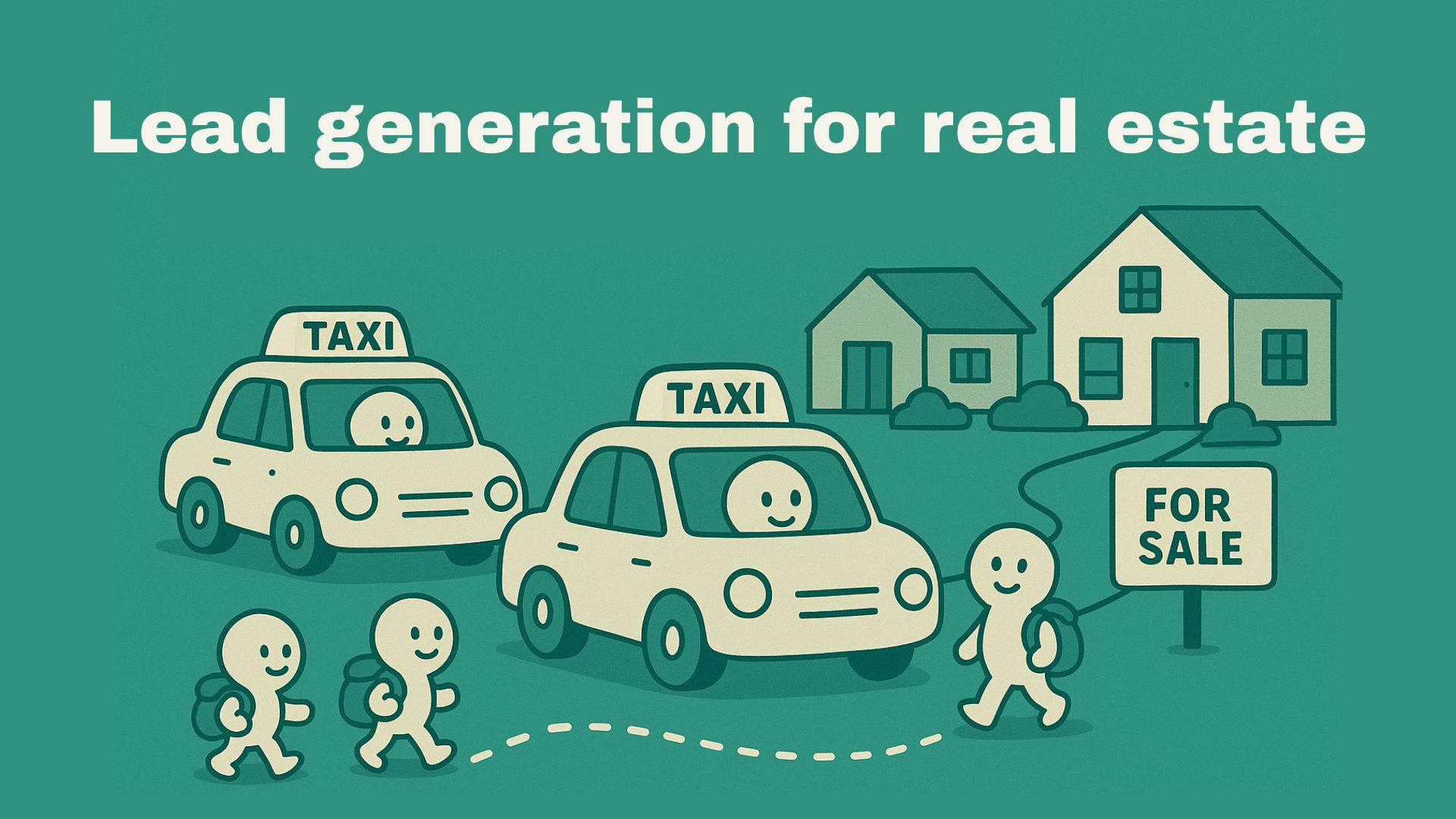

Behind every well-stocked retail shelf, fast-moving product, or successful local launch is someone quietly making it all happen on the ground: that’s the territory sales executive.
Take Avani, for example. She's out on the road by 9 a.m., checking in with distributors, visiting neighborhood stores, and pitching a new product line to hesitant shopkeepers. By noon, she’s already resolved a stockout issue, collected pending payments, and convinced three retailers to try a promotional scheme. Her job involves part persuasion, part problem-solving and 100% hustle.
Territory sales executives like Avani help bridge the gap between brands and buyers. They play a vital role in sales execution, customer relationship management, and market intelligence, ensuring products not only reach the shelves but also stay there.
Let’s understand the role of territory sales executives in detail.
Who is a territory sales executive?
{{callout-1}}
What are the key responsibilities of a territory sales executive?
- Achieving sales targets
- Cover all key outlets, retailers, or customers within the territory on a regular basis
- Address customer queries, feedback and complaints promptly
- Taking orders from retailers/distributors and ensuring timely delivery and following up on payment collection
- Monitoring stock levels at retail and distributor points
- Maintaining accurate customer records and sales data via CRM or mobile sales apps
- Coordinating with sales support, logistics, and product teams
- Implementing sales promotions, schemes, or product launches within the territory
How to become a territory sales executive?
Step 1: Education
In order to become a territory sales executive, you should consider obtaining a bachelor’s degree in business administration, marketing, sales or a related field. However, having a diploma or enough sales experience also gets you the job sometimes.
Step 2: Skills and certifications
In order to excel in territory sales, you need a combination of hard and soft skills such as strong communication and negotiation skills, data analysis, time management, technical skills etc.
It’s also useful to obtain certifications such as Certified Professional Salesperson(CPSP), Hubspot Inbound Sales Certification etc.
Step 3: Experience
Practical experience is essential to succeed in this role. Many sales professionals start in entry level positions (such as sales associate or inside sales representative) before joining territory sales.
Step 4: Breaking into the role
Building a strong professional network can open up several opportunities for you. Attend industry events, trade shows and sales workshops whenever possible. Also, connect with professionals on Linkedin and consider joining sales-focused groups.
Afterwards, you can start applying for territory sales executive roles. Ensure that your resume highlights your sales achievements, kinds of territories/customers that you have handled, tools and platforms used. Be ready to speak about your territory management experience, customer success stories, and approach to hitting regional sales targets, these are often evaluated when applying for territory-based roles.
What skills do territory sales executives need?
Negotiation skills
You must be able to engage the customers and convince them to make a purchase thereby generating more revenue.
How to improve this skill?
- Engage in role playing sales exercises with peers focusing on common objections or challenging sales scenarios.
- Study negotiation frameworks and techniques. Take sales training courses on Udemy or Coursera or read books like SPIN selling by Neil Rakham.
Time management
You should be able to prioritize tasks within your designated geographic area on the basis of important accounts.
How to improve this skill?
- Use tools like Google Calendar or specialised task management apps like Trello or Asana to manage your schedule.
- Prioritise high value leads and schedule follow-ups to avoid missed opportunities.
Communication skills
Excellent communication skills, both verbal and written, is essential to engage with customers and internal teams.
How to improve this skill?
- Practice active listening and ask open-ended questions during conversations.
- Join public speaking clubs like Toastmasters to seek feedback on your written and verbal communication.
Analytical skills
Analysing customer data and behaviour helps to identify opportunities and challenges.
How to improve this skill?
- Identify the most important KPIs for your territory and create dashboards in your CRM or spreadsheet software to track progress.
- When sales decline or targets are missed, use techniques like the "5 Whys" to dig deeper into the underlying reasons rather than just addressing obvious causes.
- Practice using tools like Excel, Google Sheets, or basic data visualization platforms (e.g., Tableau, Power BI) to turn raw data into actionable insights that support smarter sales decisions.
Product knowledge
An in-depth understanding of the company’s product and services enhances credibility and also allows you to create effective sales pitches.
How to improve this skill?
- Regularly attend product training, webinars and industry events.
- Create a spreadsheet or document comparing your products with those of your competitors. This can include features, pricing, benefits, and target markets. Update it regularly as the market evolves.
- Use Google Alerts to track mentions of your company, competitors, and industry trends. This helps you stay informed about market developments.
Technical skills
Being able to use CRM tools and digital platforms helps you track leads, manage pipelines and streamline the sales process.
How to improve this skill?
- Take online courses or watch tutorials to build hands-on experience with CRM platforms. Salesforce hulk and hubspot academy are good places to get started.
- Learn about how your CRM integrates with other tools (like email, marketing automation, or analytics platforms). This can help you automate tasks and streamline workflows.
- Join online communities or webinars focused on using your specific CRM platform. This is a great way to learn new features, best practices, and troubleshooting tips.
What KPIs help measure success of territory sales executives?
Sales revenue
This measures the total revenue generated from sales in the assigned territory during a specific period of time and is a direct indicator of how well a territory sales executive is performing. Higher revenue reflects strong market presence and better alignment with company goals.
Quota attainment
This measures the percentage of sales quota that the executive has achieved. If a territory sales executive is consistently meeting or exceeding quota, it indicates that they’re highly skilled.
New customer acquisition
This measures the number of new customers or accounts gained within a territory. Bringing in new customers not only grows your territory but also balances out any lost business from existing accounts.
Customer retention rate
This refers to the percentage of customers who continue to buy from you. A high customer retention rate indicates that the territory sales executive is able to build trust and ensure customer satisfaction.
Conversion rate
This refers to the percentage of leads or prospects who turn into buying customers. A high conversion rate indicates that the territory sales executive is able to effectively close deals.
Territory coverage ratio
This refers to the percentage of potential customers within the territory who have been actively contacted.If a sales executive has 200 potential customers in their territory and contacts 160 of them in a quarter, their territory coverage ratio is 80%((160÷200)×100).This shows that they’ve reached most of their market, though they may still need to target the remaining 20% to avoid missed opportunities.
A high territory coverage ratio shows that you're reaching most of the potential customers in your area, leaving fewer sales opportunities untapped. It reflects disciplined planning, consistent outreach, and strong market presence.
{{callout-2}}
What tools do territory sales executives use?
Sales enablement tools
These are used to share brochures, case studies and product demos with customers efficiently.
Example: Highspot, Showpad
Route planning and mapping tools
These are used to plan customer visits, visualise territories and minimise travel costs.
Example: Google Maps, MapMyCustomers
Reporting and analytics tools
These are used to analyse sales trends, territory performance and KPIs (like conversion rate, churn rate).
Example: Power BI, Tableau
Order management and inventory tools
These are used to place orders, check inventory levels and manage delivery timelines.
Example: NetSuite, SAP Sales Cloud
What challenges do territory sales executives face?
Meeting sales targets in competitive markets
In saturated or price-sensitive markets, hitting sales quotas can feel like an uphill battle. Competing with established brands, aggressive pricing, or shifting customer preferences adds to the pressure.
Solution: Focus on value based selling, refine your pitch based on customer feedback and differentiate your offering by highlighting unique features.
Managing a large number of customer accounts
Juggling dozens (or even hundreds) of customers can lead to missed follow-ups, poor service, and neglected opportunities.
Solution: Use a robust CRM system to organise accounts, schedule follow-ups and log all customer interactions.
Adapting to local market conditions
Cultural differences, language barriers, or local economic conditions can affect how products are received. Hence, what works in one region may not work in another.
Solution: Conduct local market research before entering or expanding in a new region. If possible, build relationships with local influencers or partners who understand the area well to customise your strategies and pitches in a way that reflects local needs.
Uneven distribution of territories
Territories may vary significantly in potential, leading to imbalances in sales performance.
Solution: Discuss concerns with your sales manager to address disparities. Maximize your territory's potential by exploring untapped markets and focusing on upselling or cross selling to existing customers.
How does the role of a territory sales executive differ based on the territory model assigned?
The role of a territory sales executive is multifaceted, but its execution can vary significantly depending on the type of territory they're assigned. The focus, challenges, and required skills for success differ for each sales territory model. Let's explore this in brief for common territory models.
{{callout-3}}
Territory sales executive salary
In India, the estimated total pay for a territory sales executive is ₹8,12,500 per year, with an average salary of ₹6,12,500 per year. Source
Growth opportunities
Over time, with consistent efforts, you can grow into a bunch of roles like:
- Regional or Area Sales Manager
- Key Account Manager
- Channel or Product Sales specialisation
- Cross-functional roles( marketing, business development)
- Channel Partnership
Explore our Superleap CRM solutions to manage your sales territory effectively.
Heading text
Nunc sed faucibus bibendum feugiat sed interdum. Ipsum egestas condimentum mi massa. In tincidunt pharetra consectetur sed duis facilisis metus. Etiam egestas in nec sed et. Quis lobortis at sit dictum eget nibh tortor commodo cursus.
Odio felis sagittis, morbi feugiat tortor vitae feugiat fusce aliquet. Nam elementum urna nisi aliquet erat dolor enim. Ornare id morbi eget ipsum. Aliquam senectus neque ut id eget consectetur dictum. Donec posuere pharetra odio consequat scelerisque et, nunc tortor.
Nulla adipiscing erat a erat. Condimentum lorem posuere gravida enim posuere cursus diam.
.svg)






